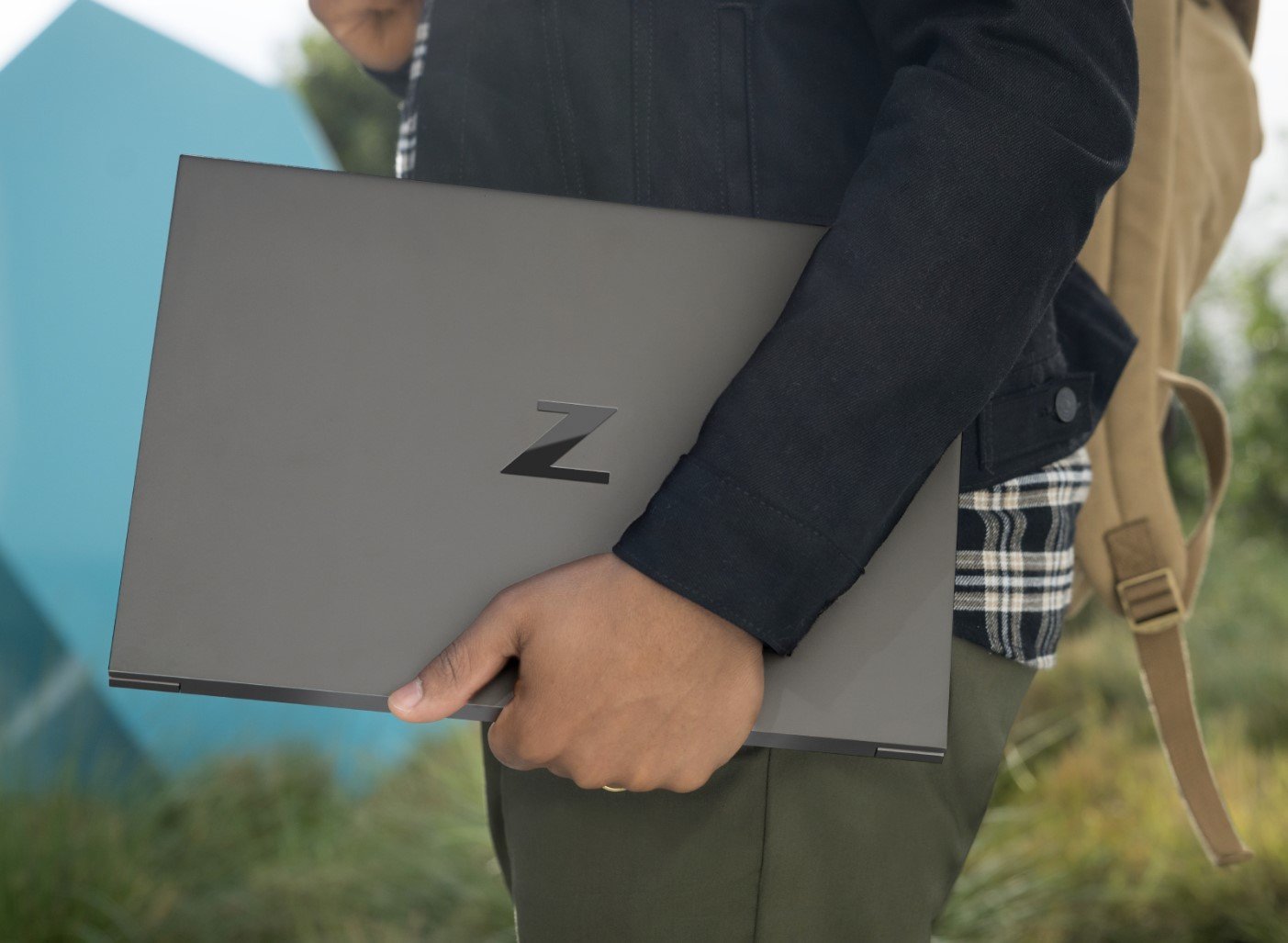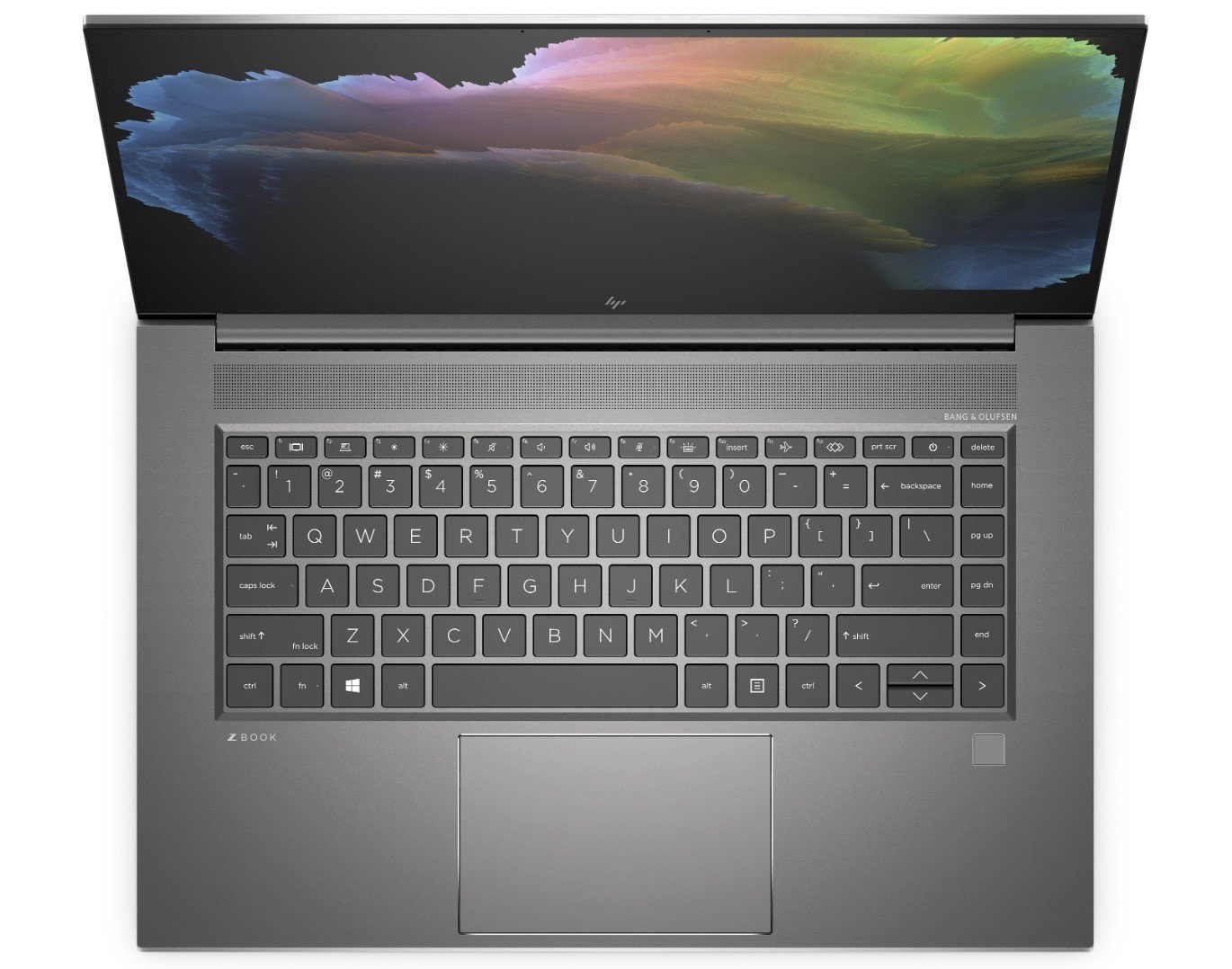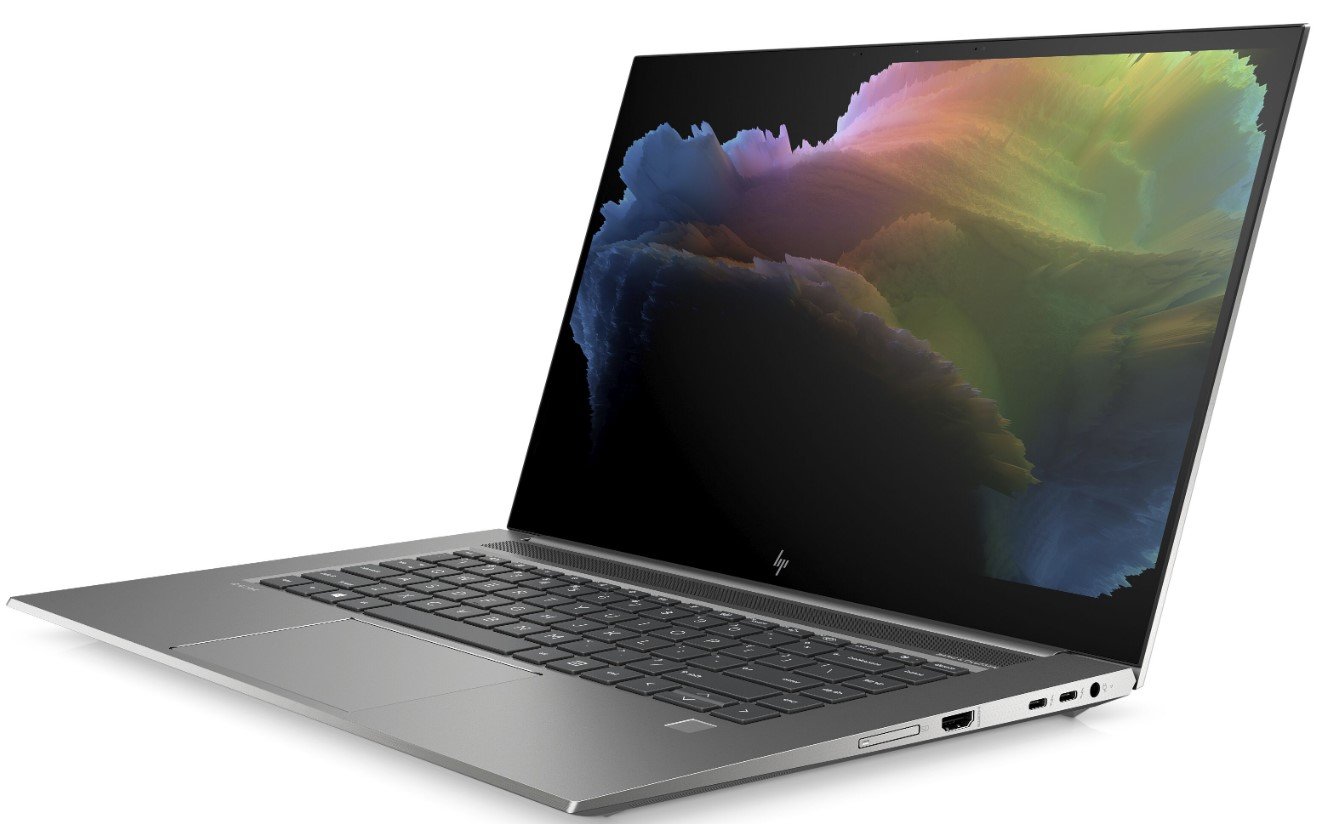HP ZBook Studio and ZBook Create are 'world's smallest 15-inch notebooks for creation and gaming'
HP's latest ZBook series brings one for CAD, and one for gamers and creatives. The ZBook Studio and ZBook Create are monster laptops that are lighter than you would think.

What you need to know
- HP has two new workstations: ZBook Studio and ZBook Create
- ZBook Studio uses Intel Xeon and NVIDIA Quadro.
- ZBook Create using Intel 10th Gen Core and up to NVIDIA RTX 2080S.
- No pricing yet, but both will be available in August.
For a long time, HP's ZBook line of laptops delivered a ton of power, but usually at the expense of a high-quality display, speakers, and other features found its ENVY and Spectre series of notebooks (see our recent review). That line though between "workstations" and premium Ultrabooks, is coming to an end with the all-new ZBook Studio and ZBook Create for 2020.
The two laptops are effectively the same, but the ZBook Studio is powered by the latest Intel Xeon processor with Quadro graphics, while the ZBook Create goes up to a 10th Gen Intel Core i9 (H-series) and an NVIDIA RTX 2080S for graphics. The former is more for CAD and engineering uses, while the ZBook Create is ideal for VR, gaming, and prosumer-level creativity.
Besides just more raw power, the centerpiece of both laptops is the display. HP is using a 15.6-inch Pantone validated DreamColor HDR-400 4K (UHD) OLED display with optional HP Sure View Reflect (1,000 nits) for screen privacy. Thin bezels result in an 87 percent screen-to-body ratio.

| Category | Spec |
|---|---|
| OS | Windows 10 Pro |
| Processor | Up to Intel 10th Gen Core i9 Latest Intel Xeon |
| Graphics | Up to NVIDIA Quadro 5000 NVIDIA GeForce RTX 2080 SUPER |
| Display | 15.6 inches 4K DreamColor HDR-400 Pantone validated w/ 600 nits 4K OLED HDR-500 True Black SureView Reflect w/ 1000 nits |
| Ports | 2x USB-C (2x TB3) 2x USB 3 HDMI SD Card Audio, power |
| Security | Fingerprint reader Windows Hello |
| Wireless | 802.11ax (Wi-Fi 6) Bluetooth 5.0 |
| Battery | Up to 17.5 hours |
| Dimensions | 13.9 x 9.2 x 0.69 inches (354 x 234.6 x 17.5mm) |
| Weight | 3.96 pounds (1.8kg) |
| Price | TBA |
| Expected release | August 2020 |
Another trick of the display, which is excellent for creators, is a built-in colorimeter for automatic self-calibration.
HP is also not shy comparing both ZBooks to the new MacBook Pro 16. HP claims the ZBook packs 2.23 times more power than Apple's latest. New "Z Vaporforce thermals" with liquid crystal polymer help keep that Core i9 running smoothly along with 3-sided venting that won't heat your lap. HP also has its new "Z Predictive Fan Algorithm intelligently manages fan behavior based on the kind of work and applications used by creatives."


There are also many more ports with the ZBook, including two Type-C (Thunderbolt 3), two Type-A, HDMI, and SD media card reader.
| Header Cell - Column 0 | HP ZBook | MacBook Pro 16 |
|---|---|---|
| Weight | 3.96lbs (1.9kg) | 4.3lbs (2kg) |
| Display | 100% DCI-P3 | P3 |
| HDR | HDR400 Pantone validated | None |
| Brightness | 600 nits | 500 nits |
| CPU | Intel 10th Gen Intel Xeon (latest) | Intel 9th Gen |
| GPU | NVIDIA GeForce RTX 2080S NVIDIA Quadro RTX 5000 | AMD Radeon Pro 5500M |
| Power | 25 + 80 (csTDP) | 19.1 + 28 (csTDP) |
| Ports | 2x USB-C (TB3) 2x USB-A HDMI Card reader | 4x USB-C TB3 |
Other features of the ZBook include MIL-STD testing with a CNC aluminum unibody design and ocean-bound recycled plastics. HP claims 17.5 hours of battery life, though real-world usage is likely to be much lower than that.
All the latest news, reviews, and guides for Windows and Xbox diehards.
Overall, these look like beastly laptops that either engineers or gamers would enjoy. The design is slick, clean, minimal, and modern looking. The power, performance, ports, and price should all take on Apple's $2,400+ MacBook Pro 16, too, as a viable alternative to those who need a PC.
No word on pricing yet for either ZBook, but availability is not slated until later in August on HP.com.

Daniel Rubino is the Editor-in-chief of Windows Central. He is also the head reviewer, podcast co-host, and analyst. He has been covering Microsoft since 2007 when this site was called WMExperts (and later Windows Phone Central). His interests include Windows, laptops, next-gen computing, and wearable tech. He has reviewed laptops for over 10 years and is particularly fond of 2-in-1 convertibles, Arm64 processors, new form factors, and thin-and-light PCs. Before all this tech stuff, he worked on a Ph.D. in linguistics, performed polysomnographs in NYC, and was a motion-picture operator for 17 years.
